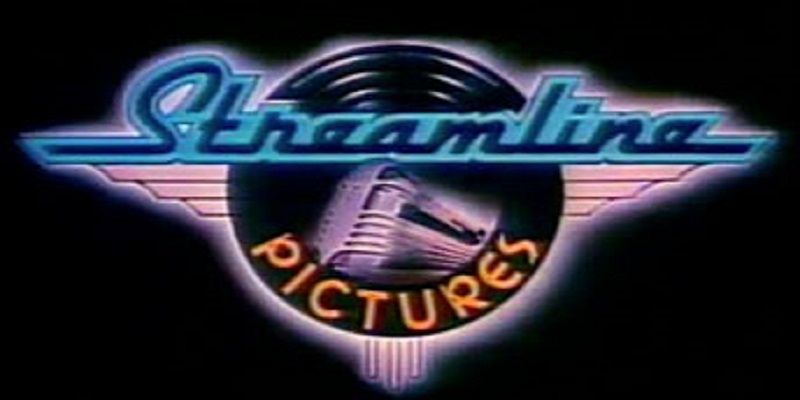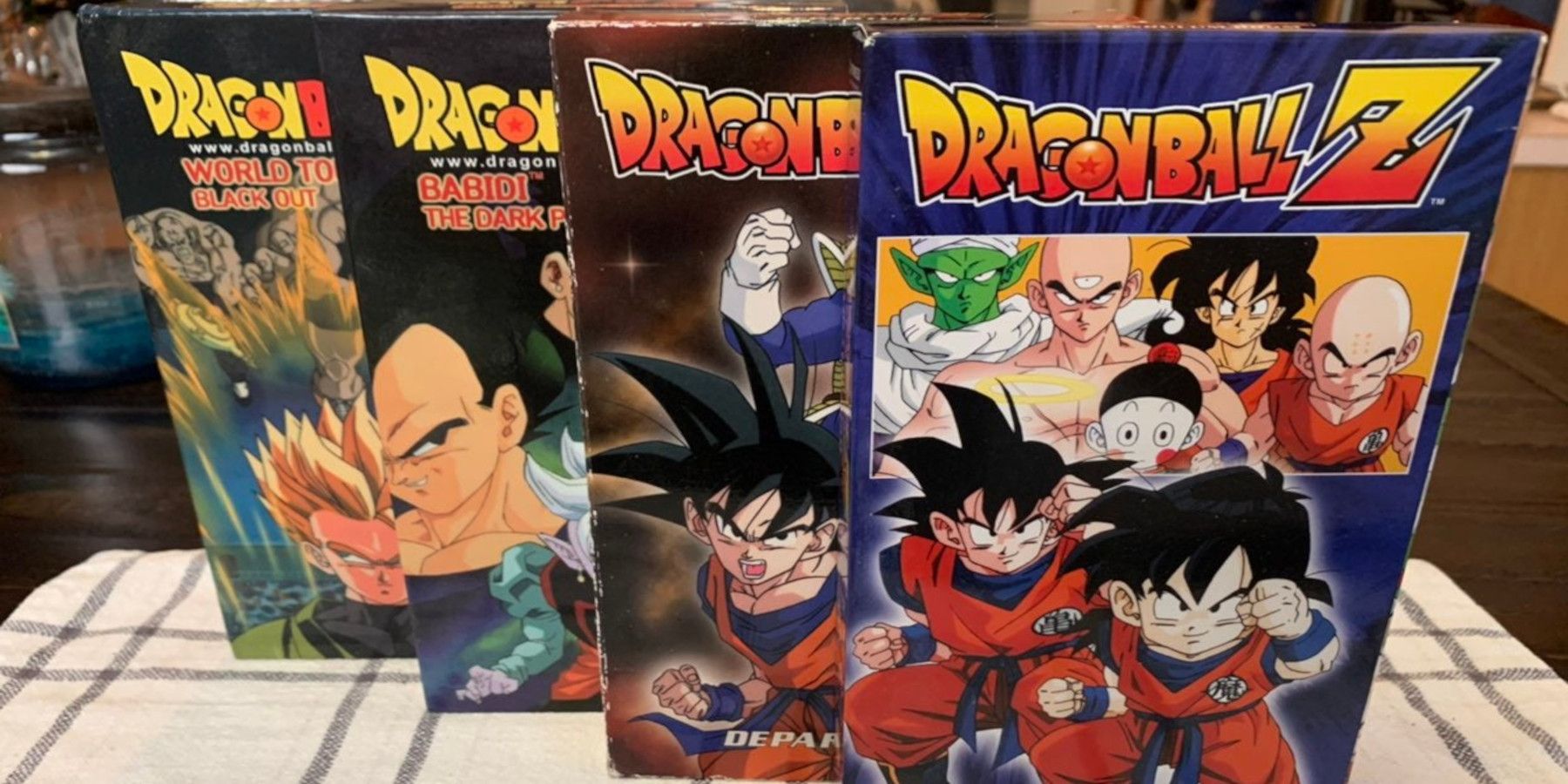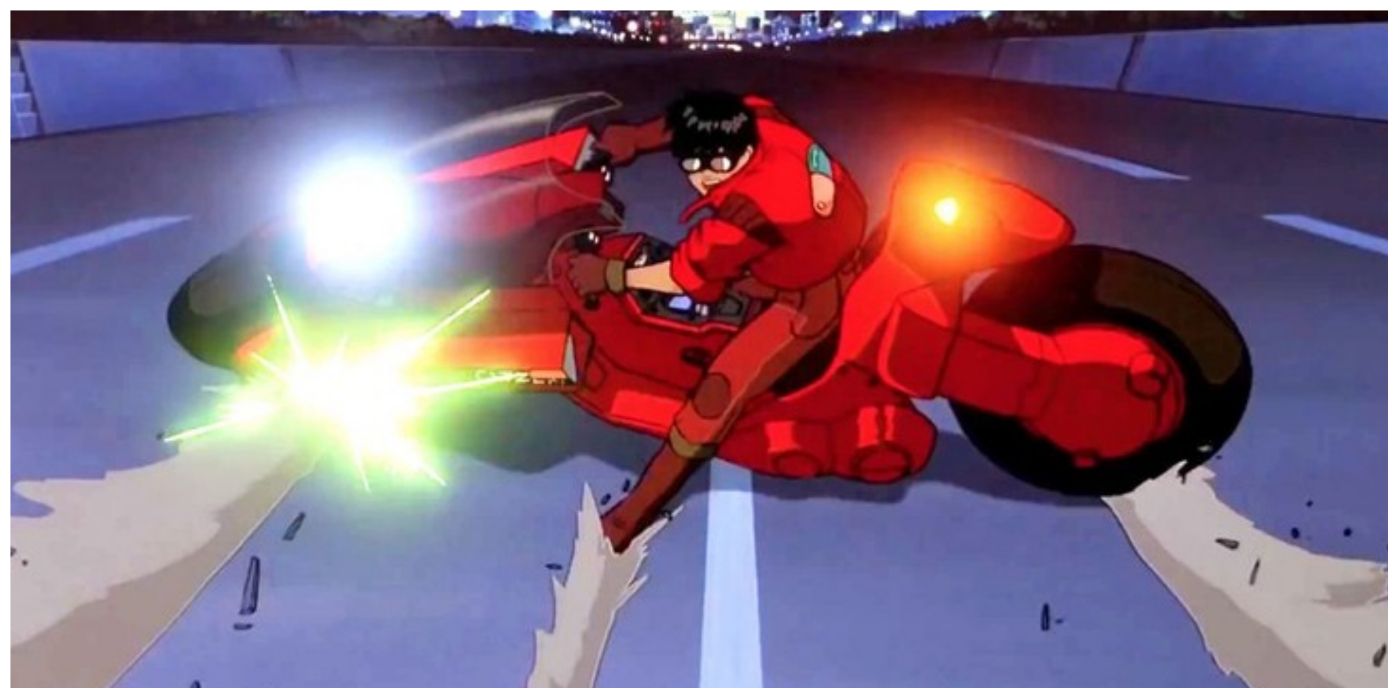
Unleashing Anime Frenzy: How Streamline Pictures Revolutionized the American Market

Discover the trailblazing impact of Streamline Pictures, the foremost pioneer of anime in America Explore their unique approach to releasing anime and uncover the intriguing story of what ultimately happened to this influential company
Several anime companies have made significant contributions to the anime industry in America, including Funimation, Crunchyroll, Pioneer, ADV, and 4Kids Entertainment (despite facing controversy). While anime has now become fully mainstream, it was the efforts of these pioneers that paved the way, as for a long time, anime was perceived mainly as a genre centered around giant robots and attractive girls.
However, among the various companies that worked towards challenging these stereotypes in America, Streamline Pictures could arguably be considered the true pioneers in introducing anime to the country, making them potentially the most influential anime distributor in America.
Who Was Streamline Pictures?
In 1988, Carl Macek founded Streamline Pictures, a company based in Los Angeles, California that specialized in distributing and localizing anime. With a passion for bringing Japanese animation to Western audiences, Macek, well-known for his work on the English adaptation of Robotech, recognized the potential for anime to appeal beyond its home country. Streamline Pictures was established with the goal of introducing high-quality anime to viewers in the West, and Macek made this vision a reality with the help of personal loans and private investors. Now, it was time to write a new chapter in anime history.
How Did They Release Anime?
Streamline's main focus was on licensing and distributing anime films and series in the United States. Initially, the company released influential titles like Akira and Lupin III: The Castle of Cagliostro, although the latter had to undergo a name change due to unexpected legal obstacles. These films, along with others such as Barefoot Gen and Wicked City, played a crucial role in introducing the depth and diversity of Japanese animation to Western viewers.
One of Streamline's noteworthy contributions to anime localization was its unique approach to dubbing. Instead of rigidly translating the dialogue, Streamline often modified it to better align with Western sensitivities without losing the essence of the original work. While this approach sparked controversy among fans at the time, as it involved rewriting the dialogues rather than a direct translation, it ultimately allowed the English versions to resonate with a wider audience, significantly contributing to the popularization of anime in the West.
Their greatest claim to fame involved selling anime titles through catalogs that were labeled as 'Not for Kids'. In the 1980s, print catalogs were in high demand, with popular ones like Macy's and Toys R' Us circulating widely. Video Preview and Home Viewer magazines took advantage of this trend and directly sold videos to consumers via mail order. It was in these catalogs that the 'Not for Kids' tapes were initially purchased. Surprisingly, this marketing strategy turned out to be a smart move, as these cartoons intended for adult audiences became a modest success through the catalog.
These VHS releases were groundbreaking as they were the first to recognize that animation could target adults. The gimmick worked so well that the tapes later gained notoriety when they began selling in stores like Suncoast and Sam Goody. Additionally, Streamline Pictures took the uncommon approach of releasing anime films in theaters, enabling fans to enjoy the medium on the big screen. This decision tremendously expanded the reach and influence of anime.
What Happened to Streamline Pictures?
Streamline Pictures, although making significant headway in promoting anime in North America, faced financial difficulties and ultimately closed down in the mid-1990s. Despite moderate success with the 'Not for Kids' label, sales of titles were inconsistent and unable to sustain the company financially. The theatrical release of films like Akira helped build a fanbase but proved to be rarely profitable and costly due to the need for physical film prints to be shipped across the country, as digital projectors were not widely available at the time. Even when exploring potential markets such as animated series Lupin III for a small audience, the demand for adult animation simply did not exist at that time, predating the premiere of The Simpsons on Fox.
Ultimately, these minor challenges compounded, leading to insurmountable issues for Streamline Pictures. With each new potential box office failure, the company faced the constant threat of closure, and eventually found themselves unable to sustain operations any longer. Despite these setbacks, the impact of Streamline Pictures on the anime industry cannot be understated. Their efforts laid the groundwork for subsequent localization of anime, fostering the growth of anime fandom and paving the way for anime to become a mainstream source of entertainment outside of Japan. It is fair to say that without Streamline Pictures and the contributions of Carl Macek, the anime industry in America as we know it today may not exist.














